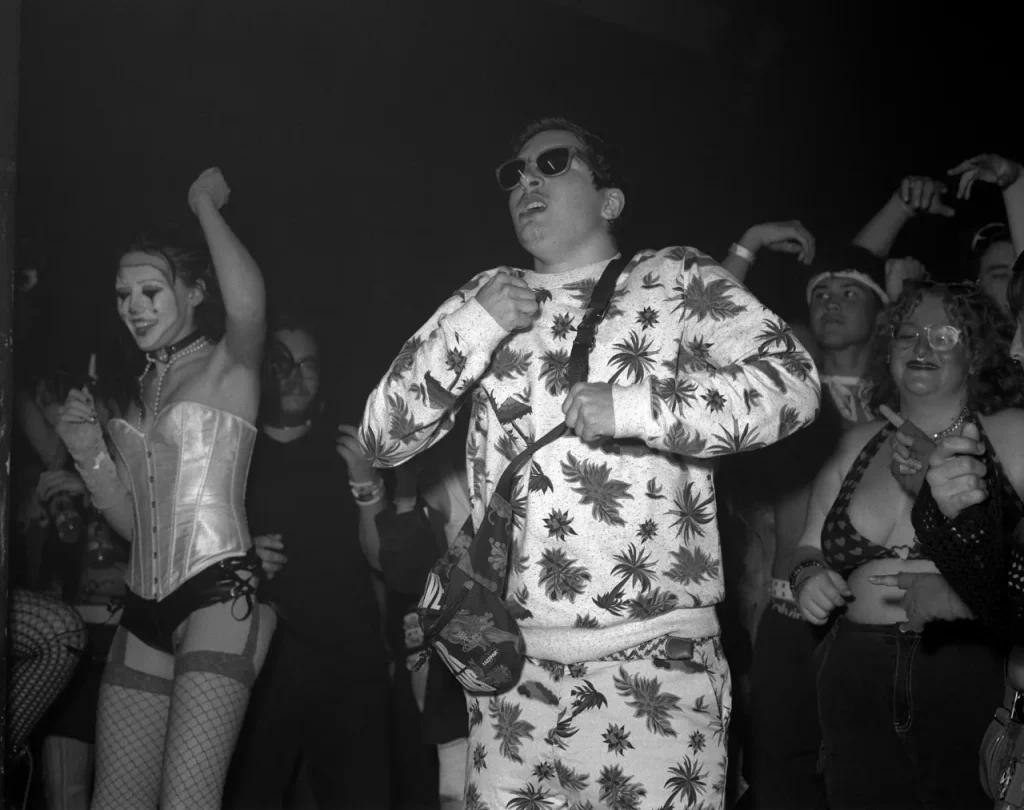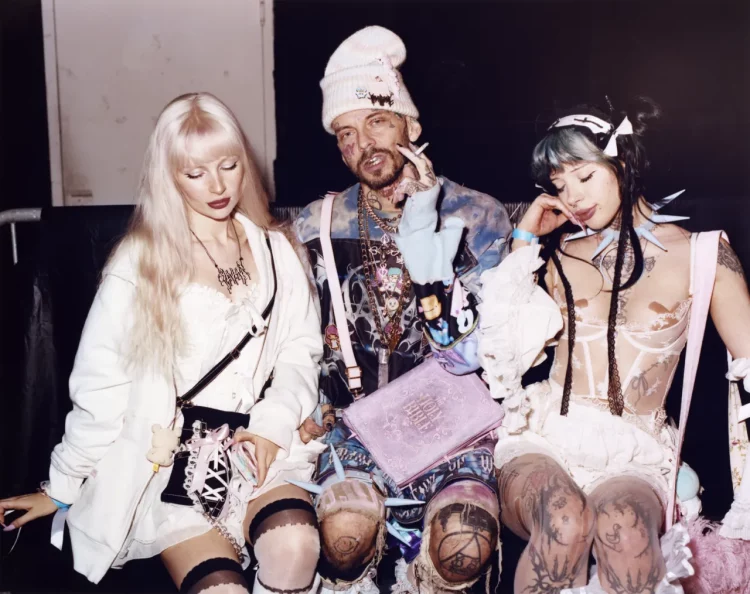Introduction: Youth, Identity, and Subculture
Youth has always been at the heart of cultural change. From the jazz clubs of the 1920s to TikTok trends of the 2020s, young people carve out spaces to express themselves, resist authority, and experiment with identity. These spaces often become subcultures—worlds that exist outside, and sometimes against, mainstream society.
This essay tells the story of youth subcultures across a timeline of transformation, showing how they moved from underground gatherings in physical spaces to thriving in the boundless environment of the digital age.
Phase I: The Underground Roots (1950s–1970s)
In the postwar decades, subcultures first gained visibility as distinct youth movements.
- The Beat Generation (1950s): Young writers and poets in the United States rejected consumerism and conformity, gathering in coffeehouses to read poetry and discuss spirituality.
- Mods and Rockers (1960s UK): Motorcycle jackets, scooters, and beachside clashes became symbols of youth rebellion.
- Punk (1970s): Born out of disillusionment, punk embodied DIY music, spiked hair, and anti-establishment politics.
Cultural Landscape:
Subcultures in this era were local and physical. Identity was expressed through clothing, music venues, and slang. Belonging required being present in the right places—clubs, streets, or underground bars.
Phase II: Globalization and Media (1980s–1990s)
By the 1980s, mass media began transforming how subcultures spread.
- Hip-Hop: Emerging from the Bronx, hip-hop’s graffiti, breakdance, and rap soon reached global audiences through TV, radio, and music videos.
- Goth and Rave Cultures: These movements thrived in nightclubs, developing distinctive aesthetics—dark attire, glow sticks, and electronic beats.
- Skateboarding and Streetwear: Subcultures fused sport, fashion, and music, influencing global youth fashion trends.
Cultural Shift:
Media—particularly MTV—allowed subcultures to cross national boundaries. Yet this exposure also led to commodification, where styles once rebellious became part of mainstream fashion.
Phase III: The Internet Revolution (2000s)
The arrival of the internet changed everything.
- Online Forums and Early Communities: Platforms like MySpace, LiveJournal, and niche forums became virtual spaces for goths, emos, anime fans, and gamers.
- Music Subcultures: Emo and indie movements thrived online, spreading faster than ever before.
- Cosplay and Fan Communities: Japanese anime fandom gained a global foothold through online networks.
Cultural Impact:
For the first time, belonging to a subculture no longer required physical proximity. A teenager in Brazil could share music tastes or fashion styles with peers in Japan or the US. This global digital connectivity began reshaping what it meant to be part of a subculture.

Phase IV: The Social Media Age (2010s–2020s)
As Facebook, Instagram, YouTube, and later TikTok dominated digital life, youth subcultures fully embraced the online sphere.
- Memes as Micro-Subcultures: Entire communities formed around shared humor, with memes becoming tools of identity and political commentary.
- K-Pop Fandoms: Highly organized fanbases influenced not only music charts but also political activism, demonstrating the power of digital mobilization.
- TikTok Trends: Micro-subcultures like “E-girls,” “VSCO girls,” and “Alt TikTok” reflected new aesthetic codes.
- Gaming Communities: Platforms like Twitch and Discord created immersive subcultural hubs where gamers built both identity and economy.
Transformation:
Youth subcultures became faster, more fluid, and more global. Online platforms allowed them to spread instantly, but also made them more short-lived. Trends could rise and fall within weeks.
Cross-Cutting Themes Across Eras
- Identity Formation
- From punk jackets to digital avatars, subcultures serve as identity laboratories for youth.
- Resistance
- Whether rebelling against capitalism, politics, or digital surveillance, youth subcultures consistently challenge authority.
- Commodification
- Each era shows how mainstream culture absorbs subcultural symbols, often stripping them of original meaning.
Tensions in the Digital Age
- Authenticity vs. Virality: Subcultures thrive on authenticity, but social media rewards content that trends quickly, leading to debates about what is “real.”
- Global Unity vs. Local Identity: While subcultures are now global, some lose their local distinctiveness.
- Freedom vs. Surveillance: Online platforms empower youth voices but also expose them to corporate tracking and algorithmic control.
Case Snapshots
- Arab Spring (2010s): Digital youth subcultures played unexpected roles in political mobilization, showing that subcultural networks can have revolutionary impacts.
- Climate Activism: Movements like Fridays for Future emerged as both political subcultures and global youth identities, amplified online.
- Queer Online Spaces: LGBTQ+ youth found digital platforms as vital safe havens where identities could flourish beyond societal restrictions.
The Future of Youth Subcultures
Looking ahead, the evolution of youth subcultures will likely follow three directions:
- Hybrid Spaces: A mix of physical gatherings (concerts, protests, festivals) and digital platforms.
- Algorithmic Subcultures: AI and recommendation systems may unintentionally shape new subcultures by clustering users with shared tastes.
- Ephemeral Belonging: Subcultures may become more temporary, with young people moving fluidly across multiple identities rather than sticking to one.
Conclusion: From Underground to Everywhere
The story of youth subcultures is one of transformation—from hidden underground scenes to global online networks. What remains constant is their role as cultural engines: reshaping norms, giving voice to the marginalized, and allowing young people to explore who they are.
In the digital age, subcultures are no longer just subversive margins; they are central to understanding how society evolves. The underground has gone online, and in doing so, it has redefined what it means to be young, connected, and culturally powerful.
















































